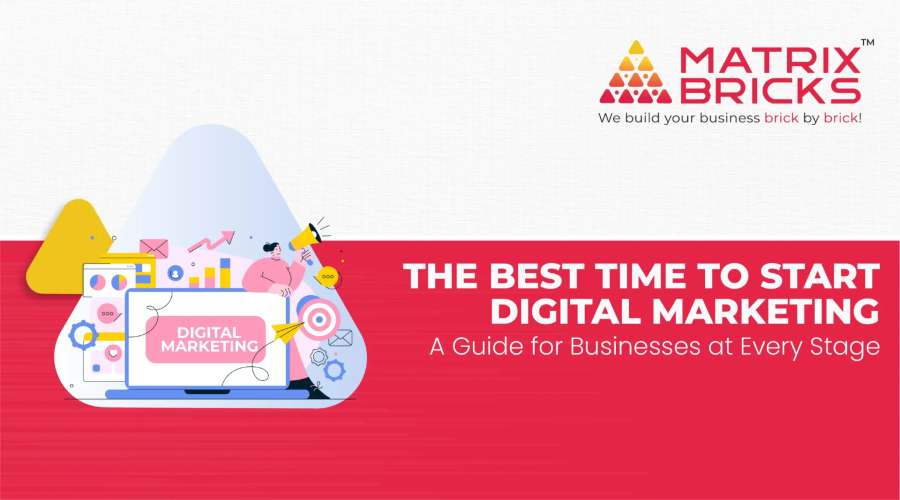Data Analytics involves the exploration, interpretation, and visualization of data to uncover meaningful insights, patterns, and trends. It encompasses a range of techniques and methodologies aimed at extracting actionable intelligence from complex datasets, empowering organizations to make informed decisions and drive strategic initiatives.
Our Process
Define the Problem and Collect Data
- Define the Problem: Begin by clearly defining the business problem or research question to ensure alignment with overarching goals.
- Data Collection: Gather relevant data from various sources such as customer interactions, market trends, and internal operations.
Clean and Preprocess Data
- Data Cleaning: Ensure accuracy, completeness, and consistency by meticulously cleaning the data.
- Data Preprocessing: Prepare the data for analysis through techniques like scaling, normalisation, and categorical variable encoding.
- Exploratory Data Analysis (EDA): Delve into datasets using summary statistics and visualisations to uncover patterns, identify outliers, and gain a comprehensive understanding of the data landscape.
Choose and Implement the Analysis Method
- Choosing the Right Analysis Method: Select appropriate analysis methods (e.g., regression, clustering, classification) based on the data and specific business questions.
- Data Modeling: Construct models to capture key relationships within the data for predictions and strategic decision-making.
Interpret and Conclude
- Interpretation of Results: Scrutinise findings in the context of the original problem to extract meaningful insights.
- Drawing Conclusions: Address the initial problem by drawing well-informed conclusions that optimise processes and drive business success.
Communicate and Document
- Communication of Results: Share findings through visualisations, detailed reports, or presentations to ensure accessibility and actionability for stakeholders.
- Documentation: Maintain thorough documentation of data sources, methods used, and assumptions made to ensure reproducibility and reliability.
- Define the Problem: Begin by clearly defining the business problem or research question to ensure alignment with overarching goals.
- Data Collection: Gather relevant data from various sources such as customer interactions, market trends, and internal operations.
- Data Cleaning: Ensure accuracy, completeness, and consistency by meticulously cleaning the data.
- Data Preprocessing: Prepare the data for analysis through techniques like scaling, normalization, and categorical variable encoding.
- Exploratory Data Analysis (EDA): Delve into datasets using summary statistics and visualizations to uncover patterns, identify outliers, and gain a comprehensive understanding of the data landscape.
- Choosing the Right Analysis Method: Select appropriate analysis methods (e.g., regression, clustering, classification) based on the data and specific business questions.
- Data Modeling: Construct models to capture key relationships within the data for predictions and strategic decision-making.
- Interpretation of Results: Scrutinize findings in the context of the original problem to extract meaningful insights.
- Drawing Conclusions: Address the initial problem by drawing well-informed conclusions that optimize processes and drive business success.
- Communication of Results: Share findings through visualizations, detailed reports, or presentations to ensure accessibility and actionability for stakeholders.
- Documentation: Maintain thorough documentation of data sources, methods used, and assumptions made to ensure reproducibility and reliability.

Benefits of Data Analytics
Informed Decision-Making
Data Analytics empowers organizations with actionable insights, enabling informed decision-making at all levels of the organization.
Enhanced Efficiency & Productivity
By automating repetitive tasks and streamlining workflows, Data Analytics improves operational efficiency and productivity, freeing up resources for more strategic activities.
Improved Customer Experience
By analyzing customer data and behavior, organizations can personalize marketing efforts, optimize product offerings, and deliver superior customer experiences.
Risk Mitigation
Data Analytics helps identify and mitigate risks by analyzing historical data patterns, detecting anomalies, and predicting potential threats or opportunities.
Business Innovation & Growth
By uncovering new market trends, customer preferences,and business opportunities, Data Analytics fosters innovation and drives business growth.
Methods and Algorithms Used



Descriptive Analytics
Descriptive analytics techniques are employed to summarize and aggregate data, providing an overview of past events and trends.
Prescriptive Analytics
Prescriptive analytics techniques provide recommendations and decision support based on predictive models, helping organizations optimize strategies and outcomes.
Predictive Analytics
Predictive analytics algorithms such as regression, classification, and time series analysis are used to forecast future outcomes based on historical data.
Are you ready to take the big step towards your digital growth?
Get Your Free Audit Now!
Get A Quote!
Fill out our contact form, and we will get in touch with you with a quote as soon as we can!
Frequently asked questions
What is data analytics?
Data analytics involves exploring, interpreting, and visualizing data to uncover insights, patterns, and trends, helping organizations make informed decisions.
What are big data analytics?
Big data analytics refers to analyzing large and complex datasets to identify trends, correlations, and insights that can drive business strategies.
How can data analytics benefit my business?
Data analytics can improve decision-making, identify opportunities for growth, enhance operational efficiency, and provide a competitive edge.
What services do data analytics companies offer?
Data analytics companies offer services such as data collection, data cleaning, statistical analysis, predictive modeling, and data visualization.
What is the difference between big data and data analytics?
Big data refers to large volumes of data that require advanced tools to process, while data analytics involves analyzing any size of data to extract meaningful insights.
What are data analytics solutions?
Data analytics solutions encompass tools and methodologies for processing, analyzing, and visualizing data to support decision-making and strategic planning.
How can data analytics services improve business performance?
These services help businesses understand customer behavior, optimize operations, reduce costs, and identify new market opportunities.
What industries benefit from data analytics for business?
Implementation steps include data collection, data cleaning, analysis, visualization, and deriving actionable insights to inform business decisions.
Why should I choose a data analytics company?
A data analytics company provides specialised expertise, advanced tools, and tailored solutions to help your organisation effectively leverage data.
What steps are involved in a data analytics solution implementation?
Implementation steps include data collection, data cleaning, analysis, visualisation, and deriving actionable insights to inform business decisions.
Client Testimonials













